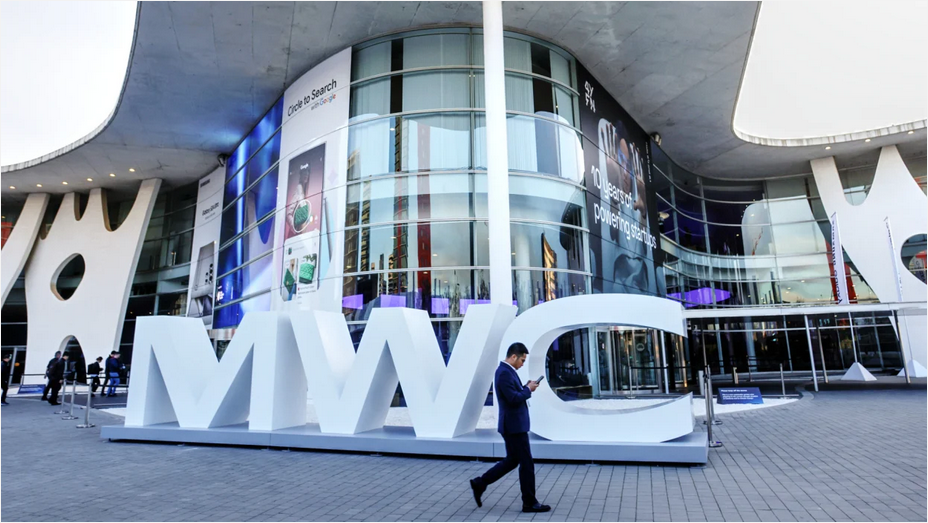MWC Shanghai 2025 will actually be a pressure test for the next generation of tech
As Shanghai reconnects the mobile world, expect a few surprises that might change how we think about connectivity.

MWC Shanghai kicks off Wednesday, and it could very well be a pressure test for the next generation of mobile technology.
Across the halls of the Shanghai New International Expo Centre, telecom giants, robotics firms, and infrastructure makers are stitching together a blueprint for how mobile computing will actually function five years from now.
Don’t expect the usual product pageantry. Expect systems and the intelligence to run them.
AI isn’t coming, it’s already here
MWC Barcelona in March 2025 is when AI truly moved out of the cloud and into our pockets. The event marked a turning point where on-device intelligence became more of a standard feature rather than a futuristic promise. Now, in Shanghai, that momentum is set to accelerate as the focus shifts from potential to deployment.
China Mobile is leading the charge with a suite of “Agentic AI” demos that go far beyond voice commands or predictive text. These are context-aware, multimodal assistants built into phones, homes, and networks that don’t just respond, but anticipate.
Whether it’s a household interface that understands speech and gesture or a mobile assistant that adapts to your schedule in real time, the company’s vision is that AI should feel less like a feature and more like a co-pilot.
Other major players are following suit. Huawei is attending with its own initiative under the banner “Accelerating the Intelligent World,” while ZTE is going even deeper into the stack. Its presentation, “AI × Optical for All Good,” focuses on multi-agent collaboration in network optimization, where AI automates everything from fault detection to closed-loop tuning of mobile infrastructure.
Sign up to receive The Snapshot, a free special dispatch from Laptop Mag, in your inbox.
What unites them all is a pivot toward ambient intelligence, the kind that happens behind the scenes but shapes everything from connectivity to battery life.
Robots, drones, and VR test drives
MWC Shanghai’s Innovation Frontier Zone is where we’ll see a continuation of the “sci-fi, but real-life” hardware theme that has started creeping into shows like CES. Expect to see robotaxis from Pony.ai and humanoid robots from Unitree and Droidup, many of them walking, talking, and reacting in real time.
This year’s event also hosts the World Robot Contest Qualifier, essentially the Olympics of mechatronics. Daily rounds will showcase autonomous problem-solving across mobility, manipulation, and team-based tasks.
And for the first time, the Internet of Things Exhibition (IOTE) will be co-located with MWC, giving connected device makers direct access to the telecom ecosystem that powers them.
The Connected Manufacturing and Production Summit, running June 19, will go even deeper. There, telecom speakers and manufacturers will discuss how AI and 5G private networks enable predictive workflows in supply chains, autonomous robotics on factory floors, and the rise of AI-driven “digital twins” — virtual systems that model real-world performance in real time.
Mobile redefined?
While no wacky hardware launches are scheduled for Shanghai — those were reserved for March's MWC Barcelona event — mobile innovation isn’t standing still. Devices powered by AI-first chipsets will be on display across the show, but some of the biggest shifts are happening in form factor and connectivity.
Skylo will demonstrate its satellite-powered SOS and SMS system using a Google Pixel 9, showcasing how remote messaging will work far from cell towers — a timely reminder that mobile networks no longer begin and end with cell sites.
Meanwhile, companies like Honor and ZTE are showcasing cross-device AI experiences, in which handsets, wearables, and cloud services move seamlessly between screens and services.
What we’re watching
The big story at MWC Shanghai isn’t a product but rather a change in perspective. AI isn’t being framed here as an app or a feature. Instead, it’s being treated as infrastructure: It must be reliable, interoperable, and low-latency enough to support real-world systems. Whether it’s powering a factory, controlling a robot, or optimizing a cell tower, the AI on display here isn’t just artificial, it’s embedded.
The event could be a defining moment for the general mobile space. A preview of how workstations, smartphones, and wearables will operate in the next few years. Not just faster or thinner, but fundamentally more collaborative. Devices that manage your day, interpret your intent, and share processing between cloud and edge.
We’ll be watching as the show unfolds and asking an increasingly relevant question: Is this a feature, or the future?
More from Laptop Mag

Luke is a freelance writer and journalist. Although his background is in legal, he has a personal interest in all things tech, especially hardware and microelectronics, and anything regulatory. Aside from Laptop, he contributes to publications including All About Circuits and EE Power.
You must confirm your public display name before commenting
Please logout and then login again, you will then be prompted to enter your display name.

